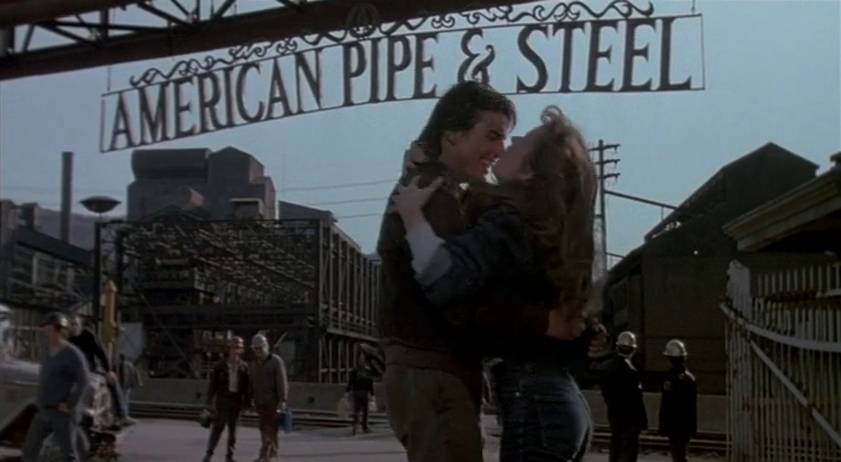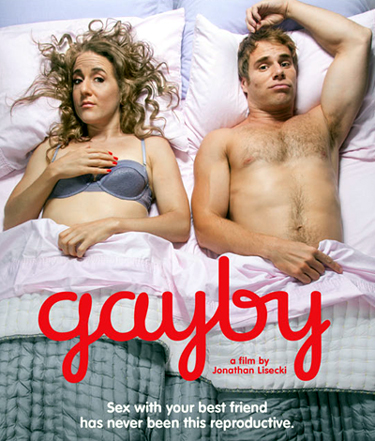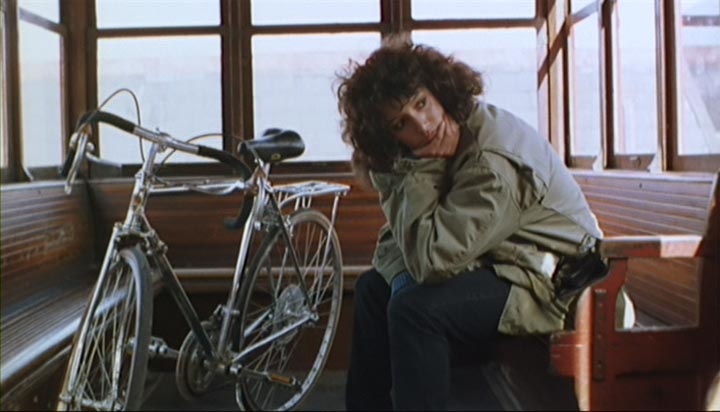Blog
New book!

For the last few years, I’ve been working on a new book. It’s called Tinsel and Rust: How Hollywood Manufactures the Rust Belt. At its core, it is a book about two things I love dearly: the movies and the Rust Belt. In writing it, I’ve come to understand just how inextricably the two are linked. During the 1970s and 1980s, Hollywood helped to articulate and popularize the concept of the declining “industrial heartland” through films like The Deer Hunter (1978), Blue Collar (1978), and All the Right Moves (1983), among many others. More recently, Rust Belt cities have attempted to rehabilitate their public images via courting film production in efforts to produce new “post-industrial” narratives while also generating economic activity–Cleveland played host to The Avengers, Pittsburgh became Gotham in Batman, and Detroit saw a mini-boom in horror films like It Follows, Get Out, and Don’t Breathe.
Since the 2016 elections, Americans have taken particular interest in understanding the Rust Belt. National publications have dispatched reporters en masse to diners across the heartland, political campaigns have invested major resources in researching Rust Belt voters, and (inexplicably) J.D. Vance has become something of a public intellectual. And yet, while the postindustrial communities of Michigan, Wisconsin, Ohio, and Pennsylvania remain something of an enigma, they have seemingly only grown in political, cultural, and social significance. This book directly speaks to public fascination with the Rust Belt, and de-mystifies the origins of the imagery and narratives that we associate with these places.

While I didn’t begin working on this project in earnest until 2016, in some ways I’ve been preparing to write this book for my entire life. I grew up in the deindustrialized Western Pennsylvania town of Ambridge (which inspired the name “Ampipe” in All the Right Moves), and did my graduate studies in Pittsburgh and Syracuse, towns that have spent decades struggling to pursue “renewal” in the ruins of industrial disinvestment. Meanwhile, my career as a scholar has been dedicated to the study of Hollywood film and popular culture in the final decades of the twentieth century, and I have special expertise in the history, culture, and politics of the 1980s. Both as an individual and a scholar, in other words, I’m deeply invested in thinking through the impact of the idea of the Rust Belt on contemporary America.
SCMS ’18 CFP: Postindustrial Cities in Popular Media
At a 1984 campaign stop, Walter Mondale claimed that the policies of Ronald Reagan were “turning our great industrial Midwest and the industrial base of this country into a rust bowl.” Mondale’s campaign failed, but his sense that the economic devastation surrounding the Great Lakes would be a source of massive political power has proven to be prescient.
Over the last 40 years, the “Rust Belt” has gained considerable cultural and political power in the United States. Not merely a descriptor for a geographical region, the “Rust Belt” became, and remains, a potent symbol of American decline and, perhaps, American renewal. Much of the social construction of the idea of the Rust Belt—both then and now–has occurred in popular media. Following the work of historians of the Rust Belt like Steven High, as well as geographers like Wilbur Zelinsky, Roger Downs and David Stea, this panel aims to investigate the emergence, evolution, and influence of the cultural concept of “the Rust Belt” through film, television, graphic novels, pop music, and other mediated forms.
Potential submissions may address issues including, but not limited to, the following:
· Representations of post-industrial regions outside the United States (The Ruhr Valley, The Golden Horseshoe, etc)
· Considerations of the ethics of “ruin porn” in documentary and photographic approaches to the Rust Belt
· Contemporary attempts by Rust Belt film offices to court film productions to generate economic activity and positive images of their cities
· The discourse of “authenticity” in popular music from the Rust Belt
· Media produced by and for labor unions
· Rust Belt cities as “stand ins” for other cities, real (New York) and fictional (Gotham)
· Post-apocalyptic and/or horror narratives set in the Rust Belt
· Stars and/or auteurs associated with Rust Belt cities (Bill Murray, Harvey Pekar, Jim Jarmusch, LeBron James, August Wilson)
· The importance of sports media to diasporic Rust Belt populations
· The impact of deindustrialization on relations of sexuality and gender in Rust Belt texts
· Media lionizing the “Rust Belt Recovery” and issues of gentrification in urban renewal
· Representations of specific cities (Buffalo, Chicago, Cleveland, etc) or industries (mining, steel, rubber, auto manufacturing) in popular media
If interested, please send an abstract (~350 words), a brief biography (~200 words) and a tentative bibliography (3-5 sources) to Michael D. Dwyer at dwyerm@arcadia.edu by August 7, 2017. Decisions by August 14.
We make the community we want.

It always stunk in the summer at Roboto. “Like an onion farm,” my buddy Pat would say. There wasn’t any air conditioning, just a box fan that they’d usually stick behind the drummer. You had to keep the door closed to keep the noise from disturbing the neighbors too much, so even when the air got moving there wasn’t anywhere for it to go. Cram in 50 to 100 punks (each with their own personal and deeply felt commitments toward showering, etc) and after the first act the air would get heavy with the kind of stink that gets stuck in the bottom of your lungs. It fogged up my glasses and the plate glass in the front door.
I loved it there. The Roboto Project changed my life, and not just because I saw a lot of bands and made a lot of friends there. It radically remade my …
for your life, 2015.

I am, as those who know me well can attest, a person with quite a weakness for dumb things. Whether it is a puzzle, or a bit of math, or a trivia question or a leaky faucet or a computer issue, show me something dumb and I will get stuck on it. I don’t know why this is. If I just get it in my mind that I *should* be able to do something, it’s hard for me to not see it through. Even (especially?) if it’s not important at all, I lack the good sense to just let it be.
spent about 36 hours trying to figure out how to convert audible files into mp3 without paying anyone because of spite
— Michael D. Dwyer (@popthought) November 24, 2015
related: i am a nonfunctional person
— Michael D. Dwyer (@popthought) November 24, 2015
I did, by the way, eventually …
Built to Last
https://storify.com/popthought/built-to-last
Sound Tracks: Pop Music through Media

Next semester I’ll be teaching a University Seminar called Sound Tracks: Pop Music through Media, a course that explores the way that the industry that surrounds the production of pop music has shaped the cultural meaning of music itself, and influenced the development of other media forms (Hollywood film, television, video games, and media technology). The course will first consider the structure of the music industry (Unit 1), then examine cultural phenomena like stardom, genre and ideology through pop music (Unit 2), next analyze the interaction between hardware developments like the cassette deck and the iPod on the “software” of the album and the “leaked” single (Unit 3), and finally explore the relationship between pop music and screen media (film, television, and the Internet).
Course description below, after the jump.
…
I thought about a lot of things in Paris.

The little liberal arts college that I call home has made a name for itself for its extensive study-abroad programs. A significant majority of our students spend at least a semester abroad, and nearly all of them use their passports as part of an academic experience during their undergraduate career. Students are required to fulfill a “Global Connections” requirement before graduation, which is defined as “a sustained cross-cultural experience.” Something that the University calls “ID courses” are one way students can fulfill the Global Connections requirement without spending a full semester abroad.
When I found out that the Office of International Affairs had approved my partner’s proposal for an ID Course called “Americans in Paris,” I was excited for her. She had previously assisted on a Freshman “Spring Preview” course that traveled to Paris, and was keen to design a course of her own that focused on the American expatriates …
It Takes the Village

The following are my remarks presented to the Society of Cinema and Media Studies Conference on the panel “Landscapes and Soundscapes of Film Noir” on Saturday March 9 2013. The annotation (((*))) marks a point at which you should advance the accompanying visual presentation, which can be viewed here: http://bit.ly/2013scms.
Text after the jump.…
The radical power of doing your own thing.
There are many, many things to love about being a member of the Department of Media and Communication, but one of my very favorite perks is the Department’s relationship with the Philadelphia Film Society and the Philadelphia Film Festival, which was held this year in October, and Arcadia students and faculty had the opportunity to see loads of great films there. I wasn’t able to catch as many films there as I’d wanted, but I did get to see some great ones: THE SESSIONS, STEP UP TO THE PLATE, the short THE PROCESSION, HOLY MOTORS and SILVER LININGS PLAYBOOK. But perhaps my favorite experience at the festival this year was seeing GAYBY, the lovely little comedy written and directed by Jonathan Lisecki.

Part of what makes GAYBY so charming is how deceptively simple its premise is. Jenn wants to get pregnant, can’t afford fertility treatments or in vitro procedures, so she asks her college best friend Matt to impregnate her the old fashioned way. Matt is gay, hijinks ensue, you can fill in the blanks from there. Except you can’t, exactly–the film is able to avoid and often subvert those well-worn conventions from all of those television sitcoms that have toyed with the scenario since the mid 1990s. It’s not fine cinema, and it’s not trying to be. It’s just a clever and fun movie.
The Joy of Media Studies
In teaching my undergraduate Media Studies seminar, I often illustrate concepts that students find abstract or complex with examples from pop music, and especially music video. A few weeks ago, I was using a series of clips to run through some dominant concepts in mid-twentieth century media studies, a funny thing happened in my classroom.
I started to play this clip…
…and just as I reached to turn the sound down and start talking about QD Leavis, my students started singing. All of them. Loudly.


